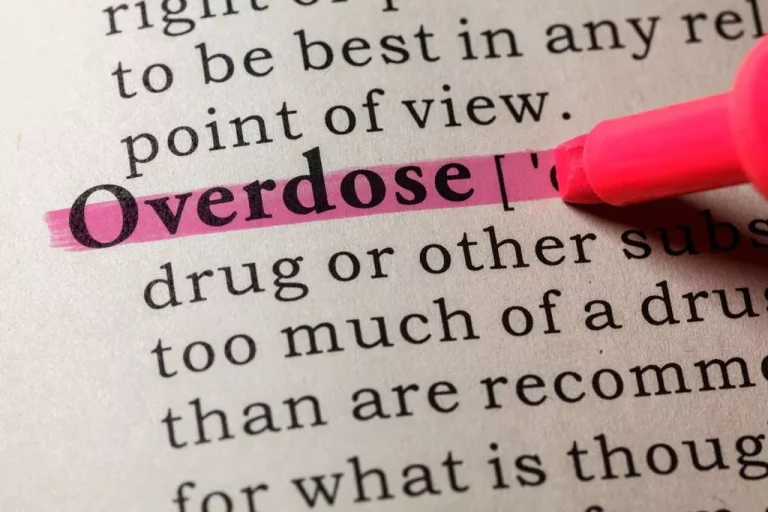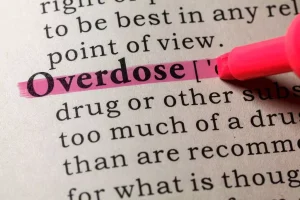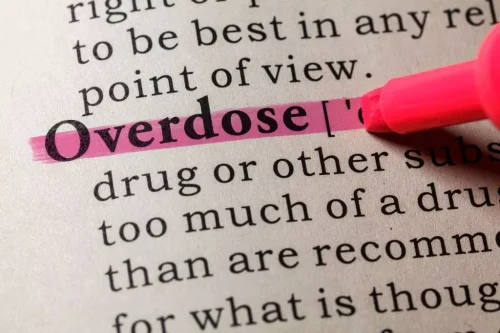
Elimination half-life of mephedrone was 2.15 h, considerably less than that of MDMA (around 8 h), amphetamine–methamphetamine (12 h), and cathinone (4 h). This short half-life could explain the briefer duration of its pharmacological effects in comparison with MDMA. They may also partially explain the fact that there is a strong tendency for recreational users, rather than employing the oral route, to use nasal insufflation for mephedrone (Winstock et al, 2011) or, more recently, intravenous injection (EMCDDA 2014b). It should also be taken into account the fact that mephedrone showed a shorter half-life and time to peak concentrations than that of MDMA, and that both drugs are often redosed (taking several pills in one session) by recreational users. For an overview of these issues, we refer the reader to an excellent review by Susan Schenk.158 Taken together, MDMA does seem to have reinforcing properties, but these appear to be significantly weaker than those of cocaine. To date, most studies assessing the psychoplastogenic (plasticity-promoting) effects of MDMA have observed a reduction in dendritic branching and/or dendritic spine numbers.

How Long Does Ecstasy Stay in Your Blood?

Traces of ecstasy can be detected in your hair and hair follicles for up to 3 months after ingestion. This is due to small amounts of the drug entering blood vessels which then feed your hair follicles. A blood test can usually detect ecstasy in your system for around 1 to 2 days after it’s been consumed. However, in some cases, it can be detected in your blood for a longer period of time. Many factors, such as the dosage and personal profile of the person taking the MDMA, can influence how long it takes for your body to metabolise ecstasy. Psilocybin doesn’t work for everyone with cluster headaches, but the advocacy around it has created a community of patients who can pick each other up when they fall, and offer hope that someday, somehow, they will get relief.

Effects on Monoamines.

The helpline at AddictionResource.net is available 24/7 to discuss the treatment needs of yourself or a loved one. This helpline is answered by Treatment X LLC, an addiction treatment provider with treatment facilities in Ohio, Pennsylvania, and California. We have strict sourcing guidelines and only link to reputable media sites, academic research institutions and, whenever possible, medically peer reviewed studies.
- By clicking “Submit,” you certify that you have provided your legal name and phone number, agree to the terms and conditions and privacy policy, and authorize Addictionresource to contact you.
- Hover on the graph to get a precise amount of drug left at any time.
- Molly is detectable in saliva for one to two days after ingestion.
Subjective Effects

This drug shares similarities with both stimulants and hallucinogens. Its primary side effects are high energy, increased sociability, and heightened sensory perceptions. Calls to our general hotline may be answered by private treatment providers.
How Long Does MDMA Stay in Saliva?
Drinking water doesn’t flush molly from your system or neutralize its effects. Since molly increases water retention, drinking excess liquids poses a risk of water intoxication. When ecstasy pills or capsules are combined with other substances, it can affect how long it stays in your system and how long an illegal drug may be detected on a drug screening test. On the other hand, some how long does mdma stay in body medications can cause false positives for MDMA in urine tests.
- Call a compassionate admissions navigator to verify your insurance coverage and begin addiction treatment at an American Addiction Centers (AAC) facility.
- The euphoric and sensory effects of molly begin within an hour of ingestion.
- To date, most studies assessing the psychoplastogenic (plasticity-promoting) effects of MDMA have observed a reduction in dendritic branching and/or dendritic spine numbers.
- Since it’s typically taken by mouth, it appears quickly in the saliva.
Ecstasy is popular “club drug” that can stay in a person’s system for several days or longer, depending on various factors. This guide will explain what ecstasy (MDMA) is, how long it stays in your system, and how to get help if you or a loved one is struggling with MDMA misuse or addiction. The half-life of MDMA is about eight hours — meaning it takes the body about eight hours to break down and eliminate 50 percent of the dose a person takes.
Blood Test
However, the sensitivity of the test can affect how long the drug can be detected. For example, a more sensitive test may be able to detect MDMA for up to 5 days after you have taken it. Along with the sensitivity of the test, there are a number of other factors that can impact how long Ecstasy will stay in your system. MDMA may still be detectable in your system for up to 90 days after you’ve taken the drug, depending on the method of drug testing being used.
